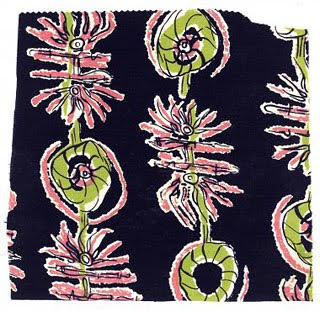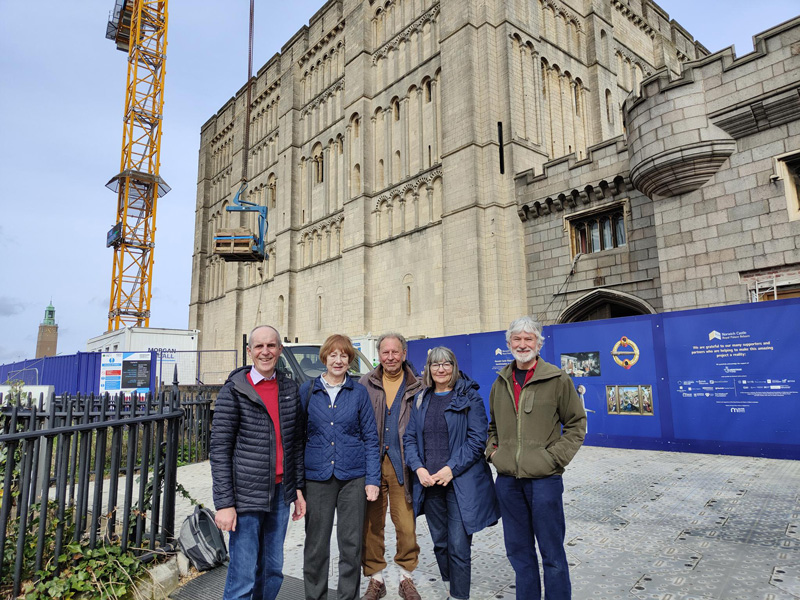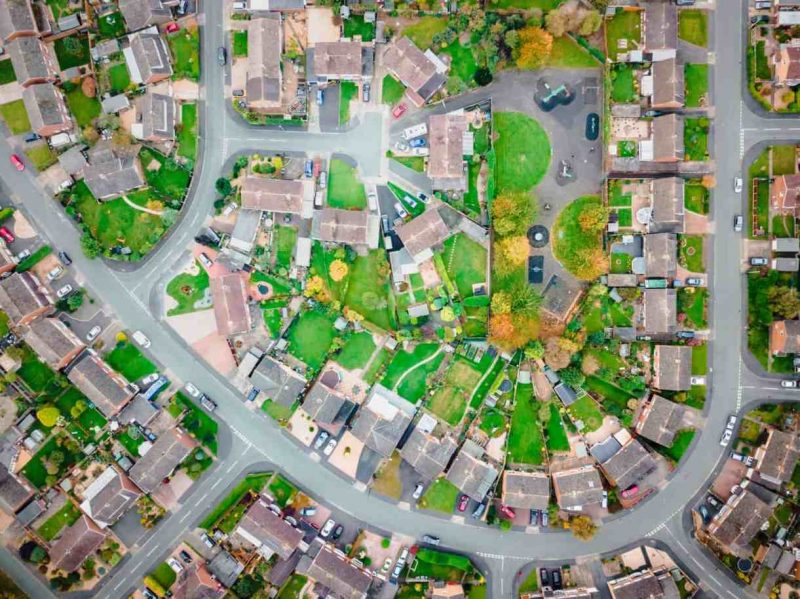Art & Theatre / Events in Norfolk and Suffolk / exhibitions / Tourist Attractions Norfolk and Suffolk July 3, 2010
Henry Moore Textiles, a major exhibition of Moore’s fabric designs from the 1940s and 1950s, opens at the Sainsbury Centre for Visual Arts on Tuesday 22 June and runs until Sunday 29 August. Henry Moore’s passion for colour and form is revealed in this exhibition which brings together dress and upholstery fabrics with large-scale wall panels, drawings, lithographs and sculpture. Henry Moore Textiles is a critically acclaimed touring exhibition, developed by The Henry Moore Foundation.
“Henry Moore is best known for his monumental sculpture and visitors to his studio and home at Perry Green are often astonished to discover that the artist also worked on an intimate scale. The textile designs in this exhibition reveal many illuminating aspects of his work, with links to his interests in non-Western art, organic form and perhaps surprisingly, vivid colour.” – Anita Feldman, exhibition curator and Head of Henry Moore Collections and Exhibitions, The Henry Moore Foundation, Perry Green
Moore was first approached for fabric designs by Czech textile manufacturer Zika Ascher in late 1942 or early 1943. Ascher had settled in London with his wife Lida, having managed to escape the Nazi invasion of Czechoslovakia while on honeymoon in Norway. They set up a new textile production company and soon commissioned leading artists to create designs for scarves, to be produced in rayon and parachute nylon, as well as silk. Moore worked closely with Ascher on the project, and later went beyond the brief to create designs that could be used for dress and upholstery fabric. By the late 1940s Moore had moved on from repeat textile designs and was experimenting with limited editions of textile panels comprising single figure motifs, that could be hung as objects of art in themselves.
The project gave Moore an opportunity to experiment with designs that would be accessible to all, and particularly suited his socialist belief that modern art should be a part of everyday life. As Manchester’s Daily Dispatch proclaimed in 1953, “We can’t all afford to hang a Picasso on the wall – but very soon we’ll be having Henry Moore curtains at the windows!” Moore’s own home at Hoglands featured bedspreads and curtains made by his wife Irina from the fabrics he designed.
Ascher was impressed with Moore’s work, writing to him in 1970, “I feel that some of the non-figurative designs show the real strength of your art.” The textiles found wide appeal, with his Barbed Wire design appearing in the 1947 British film They Made Me a Fugitive. For the public, aspirations of glamour were firmly linked to the stars of cinema, and Moore’s dress fabrics were an affordable way to emulate their screen idols.
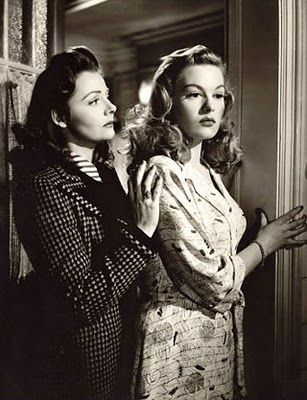
During the war and in the post-war years, Utility regulations limited textile production, leading to a ‘make-do-and-mend’ climate and an often drab colour palette in clothing and domestic fabrics. Ascher’s project saw the potential to inject a new creativity into British textiles and give the country something to look forward to. Moore’s colourful designs looked forward to a new era, while his recurring mother and child motif became an evocative symbol of community and stability after the dark days of the war.
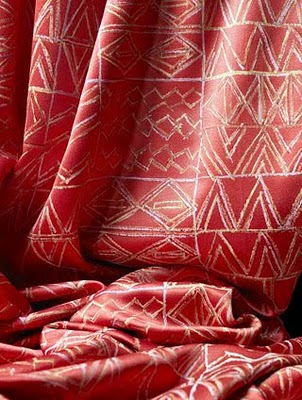
The influence of the war shows in the more hard-edged designs on display, which incorporate images of barbed wire and safety pins. Other designs feature more whimsical subjects seen nowhere else in his work, such as sea creatures, caterpillars and piano keys. The colours of the designs are particularly unexpected from an artist who felt that colour was a distraction from the appreciation of form, and therefore did not paint his sculptures: vivid pinks and greens, zigzag motifs and swirls of interspersing colours are common elements.
“It’s always fascinating to discover less well-known aspects of a great artist’s work and I know that for many people the exhibition will be a revelation, especially in the light of Henry Moore’s early fascination with the kind of world art that is so well represented in the Sainsbury Centre’s permanent collections.” – Nichola Johnson, Director, Sainsbury Centre.
Henry Moore Textiles runs concurrently with unearthed, an exhibition of prehistoric ceramic figures from the Balkans and Japan.
University of East Anglia
Norwich NR4 7TJ
For information on regular opening times and admission, call 01603 563199 or visit www.scva.ac.uk

